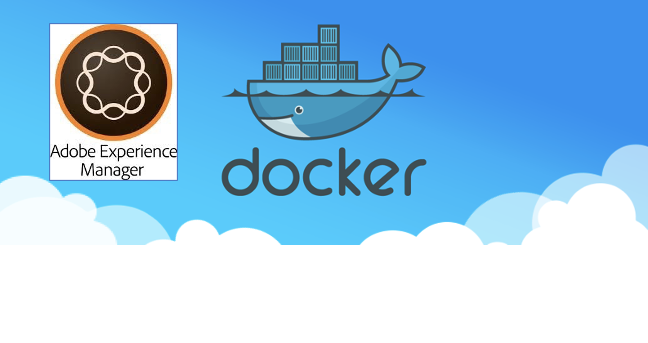
Abstract
Overview
This article describes setting up dispatcher 2.0 on Docker CentOS 7.x. Developers can use this image to easily setup their local dispatchers. It is always recommended to validate any functionality at the dispatcher level before promoting to deployment.
What is Docker?
Docker provides a OS (Operating System) -level virtualization to deliver the software as a modular/loosely coupled environments called containers. This is very powerful features and independent of host OS.
Prerequisites
1. AEM author or publish server running on your local instance
2. Installing Docker toolbox: https://docs.docker.com/toolbox/overview/
3. Download and Install Visual Studio (VS)Code editor: https://code.visualstudio.com/
Setup
Note: You can configure docker on all operating systems including Windows, Mac, and others.
1. Make sure you’ve installed the Docker toolbox and configured AEM publish server running on your computer
2. Download the Docker image file by executing:
docker pull singaiah/dispatcher2-on-centos7:latest
3. Open the VS code editor and go to Extensions and install Docker extension
Few Things to Remember
1. All the content is cached under: /mnt/var/www/html
2. Logs are located under: /etc/httpd/logs/
3. Any time you make changes to Docker container, you’ll have to save them to a new Docker image and start that image
4. Apache restart is not possible so you would need to save them the changes to a new image and when you start the image the Apache server gets restarts
5. If you’re not able to start the container due to some syntax or apache issues, execute the below command to attach the Docker container to a shell:
docker run -it /bin/bash
Read Full Blog
Q&A
Please use this thread to ask the related questions.
Kautuk Sahni
